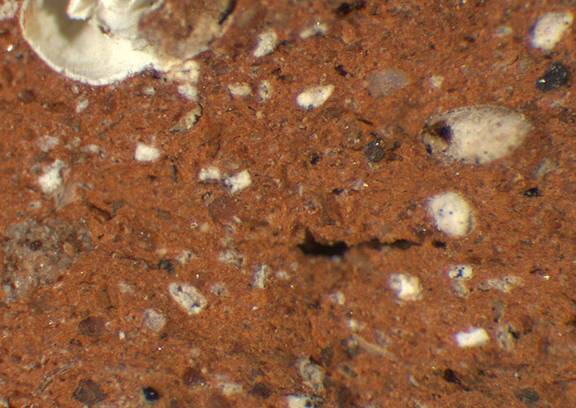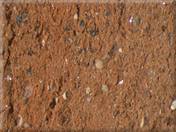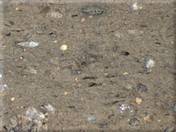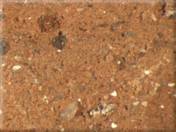

PAE-A-2, M 6/25, 25x


PAE-A-2, M 6/25, 16x


PAE-A-2, M 6/25, 8x
| fabric description | object data | archaeometry |
| fabric type | PAE-A-2 |
|---|---|
| ware | Transport Amphorae |
| supposed site of production | Paestum |
| certainty of arguments | archaeometric: quite certain |
| visual excamination of fresh break | reddish yellow, granular; some large white and numerous fine white and dark inclusions, mica |
| colour of freshly broken section (munsell) | 5YR5/8 |
| texture of freshly broken surface | granular |
| hardness | hard |
| porosity | 7.5%; void form: vughy; void length: 0,16 |
| inclusions | 15%, length: 0,2-1,2 |
| sorting | bimodal: poorly-sorted sand in well-sorted silt |
Inclusions |
|
| quartz | frequent, angular, subelongate, clear, 0.4 |
| mica | singular |
| calciumcarbonate | riddled with, rounded, subelongate, white, 0.2-1.2 |
| reddish inclusions | infrequent, rounded, subelongate, red, 0,2-0,47 |
| black inclusions | singular, angular, subelongate, black |
| foraminifera | singular, white, 1,2 |
Cite this page as: FACEM - http://facem.at/m-6-25

 production
production
 sampling
sampling











